An Indie Renaissance? (Part 1 of 3)
How Patronage and Crowd-Funding are Proving to Be Silver Linings in Today’s Streaming Maelstrom
We’ve all heard it. Streaming pays almost nothing, especially for independent artists. It’s never been harder to make money in music. But amidst this paradigm shift some indies are experiencing an entirely new reality – one in which they are able to actually make a living from their music even as it is available, online, for free? How does this new market work for the artists, and the fans, and what are the implications for us all?
Several new platforms have evolved that are changing not only the way music is monetized, but how it is created. Now fully mature crowd-funding sites like Kickstarter and IndieGoGo have become ubiquitous in the indie music scene. These “pre-order” programs allow artists to raise funds for a particular project in advance, minimizing (or eliminating) risk and building excitement amongst their fans and friends. But that’s just the beginning. Which is better? With Kickstarter if you don’t reach your goal you get nothing, but with IndieGoGo you get to keep what you raise. Is it better to set a higher goal, though? And what about Patreon vs. Kickstarter? There are so many questions and we’ll attempt to cover them all in this three part series.
Many of the artists that were central to the True Tunes galaxy in the 1990s are now completely dependent on crowd-funding to finance the recording of their albums. See The Choir, Vigilantes of Love, The Prayer Chain, and the current Lo-Fidelity Records roster for example. Add to that an entire new generation of artists who never experienced the “label days.” This is the only reality they have ever known.
Garret Godfrey, once a regular at the old True Tunes store and a reader of the magazine, is now so devoted to the crowd-funding scene he has created a podcast and web community devoted exclusively to promoting new campaigns. “Some of the best albums we got last year may not have happened if it weren’t for crowd-funding,” Godfrey insists. “If you look at Under The Radar’s Gourmet Music Podcast’s Top 11 albums for 2018, 7 of them were crowd-funded. They likely would not have happened at all without the fan’s support in advance. We’re talking albums by Liz Vice, Audrey Assad, Christa Wells, The Gray Havens, Andrew Osenga and others.”
Some artists are taking things even further, though. Instead of connecting their fund-raising to a specific album or EP, they are enlisting ongoing support from a tribe of “patrons.” This relatively new model (if you don’t count the kind of big-ticket patronage that has shaped the arts for thousands of years,) is starting to change how some independent artists function on a fundamental level. Services such as Patreon allow fans to support their favorite artists on a monthly, quarterly, or annual basis, in exchange for a steady stream of music, communication, and other special considerations.
To better understand the pros and cons of these different models, and how this new creative and economic paradigm might be impacting the actual underlying art, True Tunes reached out to a panel of artists with varied experiences and perspectives; a true pioneer who has been making music since the early 1970s, a young indie duo, and two solo artists in different genres, for this wide-ranging, multi-part conversation about the ins and outs and ups and downs of both project-based crowd-funding (think Kickstarter) and patronage models (think Patreon.)
We have also built a Spotify Playlist of music by our guests, and other crowd-funded projects mentioned in this article that you can listen to by clicking HERE.
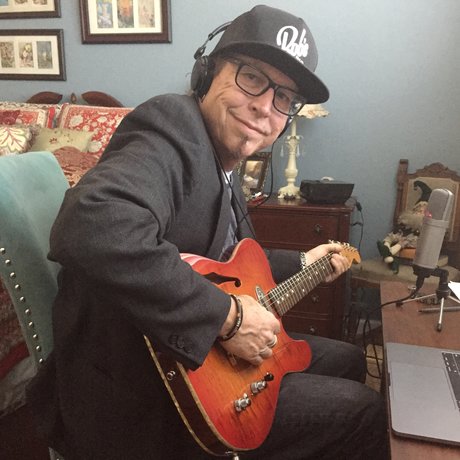
Teaching a Lost Dog New Tricks (Terry Scott Taylor)
Terry Scott Taylor has been testing edges and challenging preconceptions since he first started crafting lightly psychedelic cosmic country songs with an apocalyptic twist back in 1974 with his band Daniel Amos. That band’s epic, long out-of-print, 1980 masterpiece, Horrendous Disc, was given an incredible re-issue treatment last year, after a successful Kickstarter campaign, and their most recent (and 14th) studio album, Dig Here Said The Angel was also created with the support of a similar campaign. In fact, since ditching the record label model in the 1990s, the band has used one form of crowd-funding or another for all of their releases.
Three years ago, alongside the Horrendous Disc Kickstarter campaign, Taylor created a program that allows his most loyal fans to receive a full EP, (six songs,) each month, for a donation of at least $5 per month. For $8 per month the supporter also receives audio “chapters” from Terry’s memoirs and some other perks. Bump it up to $20 per month and you get videos. $50 per month and you get to tell him what to play. There are higher levels, too. After building a small home studio, and learning the ins and outs of the Patreon platform, Taylor was willing to commit to this constant flow of writing, recording, interacting, and repeating.
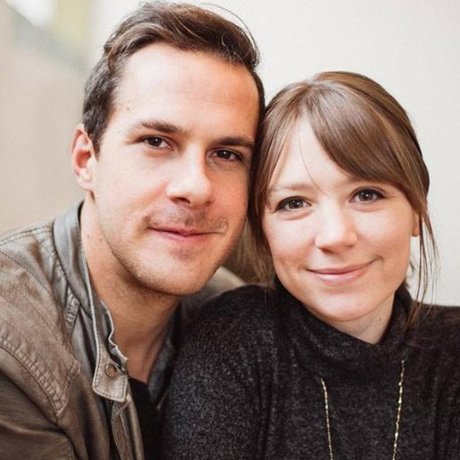
Jenny & Tyler; A Boy and a Girl and a Home Studio
Husband and wife indie duo Jenny & Tyler have been together, romantically and creatively, since college. They’ve been crafting their own brand of winsome, dynamic, mostly acoustic-based music for a decade now and, with a brief exception when they signed with an indie label, have done it all on their own.
In addition to their own music, Tyler (Somers) has been growing as a producer and has a heart for both artist development and creative innovation. With little ones at home, the young family has been working on ways to stay as engaged with both their own creative impulses, and the needs of their fans, as possible, while slowing down on the touring just a bit. After several successful Kickstarter campaigns they, too, turned to Patreon for this season of their professional life.
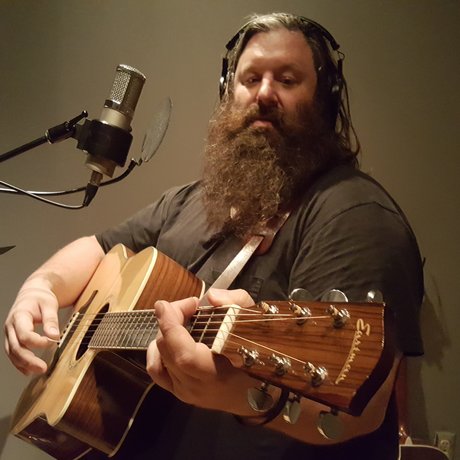
Bradford Loomis Takes Things Into His Own Hands
Bradford Loomis has one of those voices that is just special. From sweetly sensitive and soulful to blistering, bluesy and barnstorming, it’s fun to watch him take control of a room. Having recently relocated from the Pacific Northwest to Nashville, Loomis is still relatively new to Music City, but brings a national network of fans, and years of experience with him. Loomis recently abandoned the Patreon model and built his own patronage system without the middleman. He also continues to use Kickstarter as well.
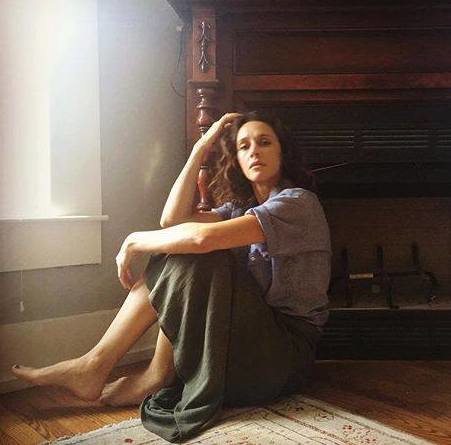
Christa Wells Only Knows This Life
Christa Wells is a full-time independent artist and songwriter who has been evolving with the changing landscape since she first appeared on the scene nearly fifteen years ago. Though she is a self-described “late-bloomer,” launching her professional career after launching several human children into the world, Wells never developed any “old music industry” habits she then had to un-learn. Her active social media presence, diverse events, eclectic releases, and constantly evolving sound demonstrate an incredible level of nimbleness, but somehow she never loses the plot.
True Tunes caught up with Terry Taylor, Tyler Somers, Bradford Loomis, and Christa Wells to ask about how these crowd-funding models have impacted their creative work, their business, and their relationships with their fans. We also asked for advice for other artists, advantages and disadvantages of the different platforms and more. These artists were so generous with their time and wisdom we ended up with enough for three articles or more! Make sure to subscribe to the mailing list so you don’t miss the follow-up installments.
The Patronage Model Changes Everything
The unanimous consensus amongst our panel of experts is that the patronage model is much more than a fund-raising platform. In fact, it changes everything for these artists. “Patreon has definitely been a Godsend for me,” Terry Scott Taylor says. I no longer have to rely on touring and median album sales to support my family, and at my age that’s a very radical, unexpected, and liberating change in my life. I work out of my home now, and being surrounded daily by my family, especially now that I’m a 68 year-old Grandfather, couldn’t have come at a more crucial time in my life.”
Tyler Somers agrees. “Patreon has impacted our artistry in a massive way,” he says. “In the past we used to write songs (or parts of songs) and then decide which would make the cut for an album. Now our patrons help us do that. We’re accountable to them to finish new songs each month. So once a song is written we record a simple demo and send it to our patrons for their feedback. On our latest project, There Will Be A Song, we asked our patrons to select their top 10 of the 30 songs released exclusively to them from 2017-2018.”
Bradford Loomis appreciates the consistency the routine creates. “It has established a sort of accountability between myself and my supporters to make sure that I am writing and creating art on a regular basis,” he says. “I wanted to make sure that I was taking advantage of moving to Nashville and the co-writing phenomena. But the weekly live video, closed groups and exclusive access, creates a better sense of community and belonging that I can invite my members into as well.”
Christa Wells has noticed that the close contact she maintains with her inner circle of supporters has deepened the intimacy she feels with them. “It’s taken my artistry to an even more personal level,” she explains, “in that most of the listeners who join are saying that they are in it for the long-haul. So I feel a safety with them that allows me to open up and be more vulnerable. I tend to share a lot publicly, but with my Patreon community I go further in talking about current processes, hopes and failures. There are silent members of that tribe, but there are a number I feel confident I’ll continue to engage with at least as long as I’m active in the creative community.”
Taylor, who has been working as an artist, songwriter, and producer, for over forty years, has experienced a new level of both prolificacy and proficiency as a result of this shift. “I’m literally working everyday of the week writing and recording songs,” he adds. “I definitely have improved as a musician and as a producer. I’m playing all the instruments now (save for the drums), and when you’re someone who has played very little bass and keyboards and not a lot of lead guitar, you’re definitely going to get stretched as a musician!”
There is a shift that happens in the relationship between an artist and his or her patrons, versus traditional fans as well. “Patreon is much more than just a financial support system,” Taylor insists. “It is a beneficial exchange between myself and my supporters wherein I get to share with them both new songs and reworked older songs and they have graciously chosen to support me in this endeavor. It’s hard work recording six songs per month, but the fan’s enthusiastic response to this particular body of work, their gracious posts to me, which are so generously filled with encouragement and kind thoughts, is all the fuel I need to keep the creative engine running at full throttle. This kind of thing gets said far too often, but I really do think of my Patreon supporters as a family; one might even say that because so many of us share a common faith, we are a family within a family.”
In parts 2 and 3 of this continuing conversation we will explore the differences between Kickstarter or project-oriented crowd-funding campaigns and patron models, when each works and doesn’t, and whether they can co-exist. We’ll also get specific advice from each artist for anyone considering migrating to one of these platforms. We also just caught up with veteran artist Randy Stonehill who also recently launched a Patreon program to finance his new album. That interview will be featured in the upcoming True Tunes Podcast.
Again, the best way to make sure you don’t miss out is to simply enter your email address and join the list. Feel free to submit questions for the final installment as well.
To read PART TWO please CLICK HERE.
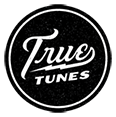
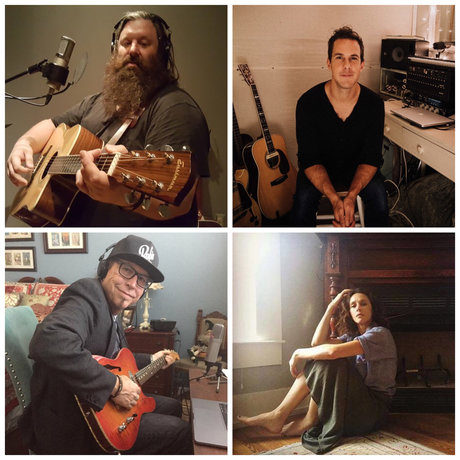
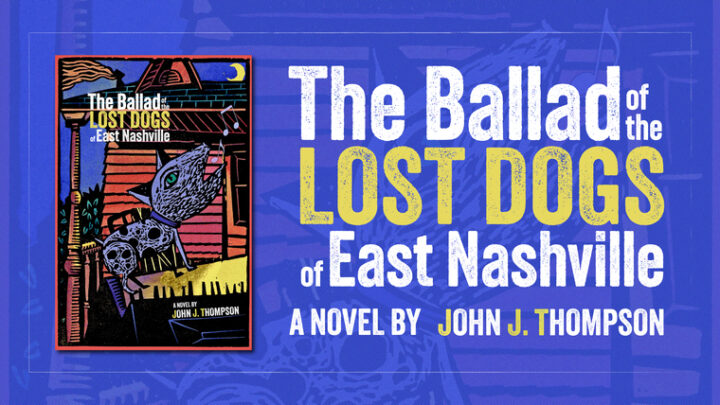
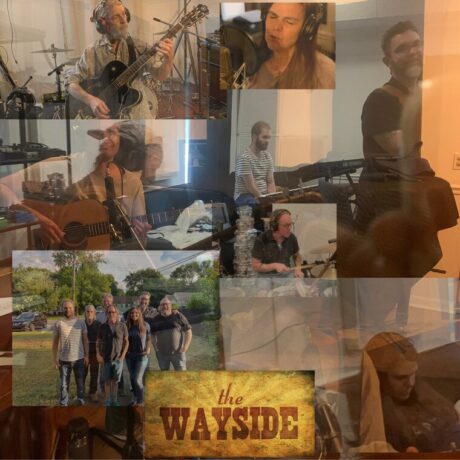
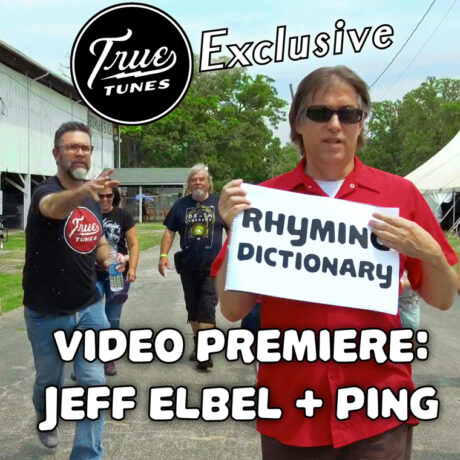
Thanks to TrueTunes • Crowdfunding Christian Music - The Podcast
October 17, 2021 @ 11:44 PM
[…] out part one of his three part series on patronage and crowd-funding. It’s a great read and hopefully gets you thinking about how we, as fans, can make a […]